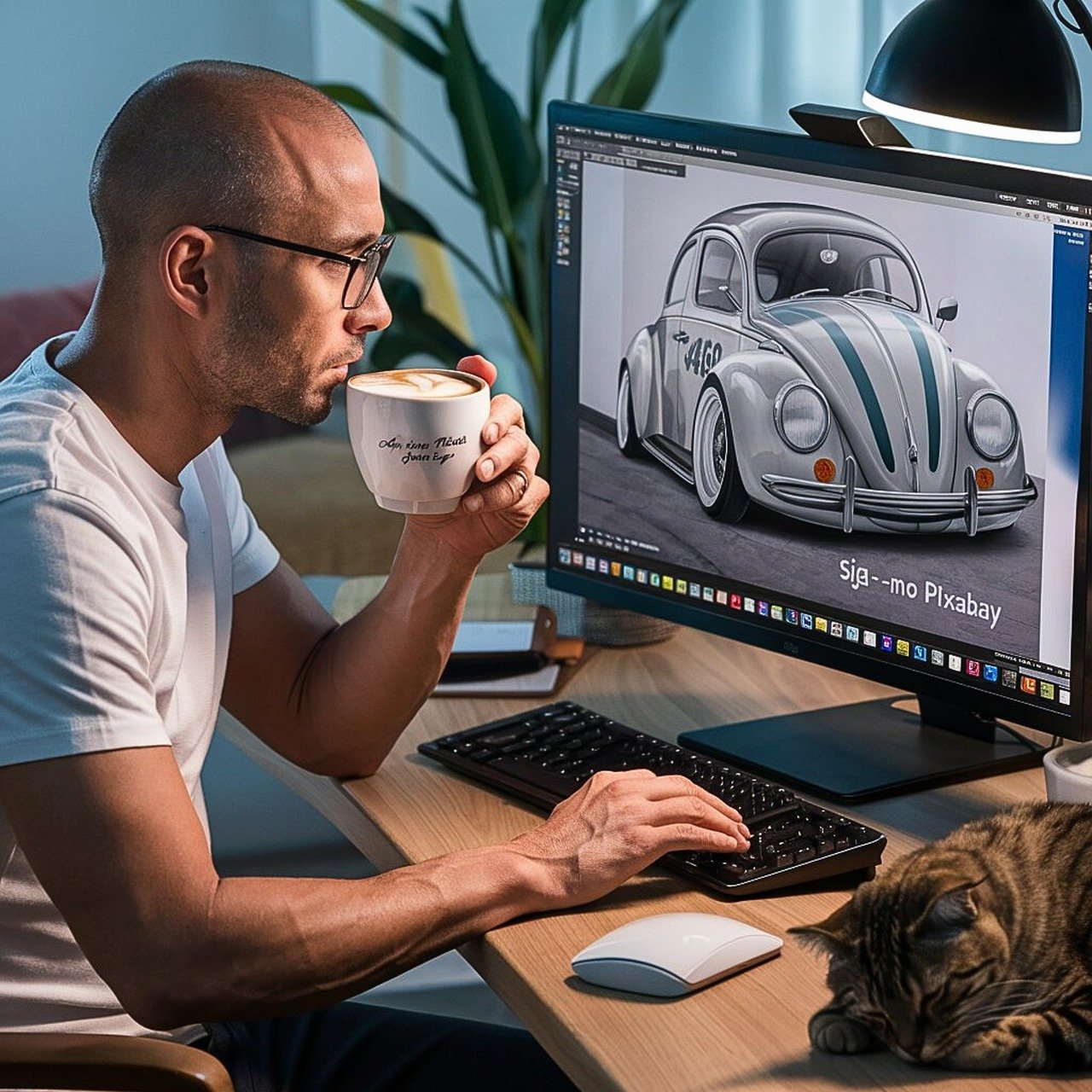Mastering Web Design:
Mastering Web Design: A Decade of Craftsmanship and Innovation
Introduction
Web design is an ever-evolving field that blends creativity, technical expertise, and user-centered thinking. Over the past decade, I have honed my skills as a web designer, adapting to the rapid advancements in technology and changing user expectations. In this article, I will share my insights and experiences, highlighting the key principles, trends, and best practices that define successful web design today.
The Evolution of Web Design
1. The Early 2010s: Function Over Form
A decade ago, web design was primarily focused on functionality. Websites were often simple, with basic layouts and minimal aesthetics. The goal was to ensure that websites were accessible and functional across different devices and browsers. While this approach prioritized usability, it often lacked visual appeal.
2. The Mid-2010s: The Rise of Aesthetics and UX
As technology advanced, so did user expectations. The mid-2010s saw a shift towards more visually appealing designs and a greater emphasis on user experience (UX). Designers began to explore new layouts, color schemes, and typography to create more engaging and immersive websites. The importance of responsive design also emerged, ensuring that websites provided a seamless experience across various devices.
3. The Late 2010s to Present: Minimalism and Interactivity
In recent years, minimalistic design and interactive elements have become dominant trends. Clean, simple designs that focus on essential content and functionality are favored. Additionally, interactive features such as animations, micro-interactions, and dynamic content enhance user engagement and provide a more personalized experience.
Key Principles of Effective Web Design
1. User-Centered Design
The cornerstone of effective web design is a deep understanding of the user. This involves:
- User Research: Conducting surveys, interviews, and usability tests to understand user needs and behaviors.
- Personas: Creating detailed user personas to guide design decisions.
- User Journeys: Mapping out user journeys to ensure intuitive navigation and flow.
2. Visual Hierarchy
Visual hierarchy is essential for guiding users' attention and enhancing the usability of a website. Key techniques include:
- Contrast: Using contrasting colors, sizes, and shapes to highlight important elements.
- Spacing: Employing whitespace effectively to create a clean and organized layout.
- Typography: Choosing fonts that are readable and appropriate for the brand, and using different sizes and weights to establish hierarchy.
3. Responsive Design
With the proliferation of mobile devices, responsive design is non-negotiable. This involves:
- Flexible Layouts: Using fluid grids and flexible images to ensure the site adapts to different screen sizes.
- Media Queries: Implementing CSS media queries to apply different styles based on the device's characteristics.
- Touch-Friendly Elements: Designing buttons and interactive elements that are easy to use on touchscreens.
4. Accessibility
Ensuring that websites are accessible to all users, including those with disabilities, is both a legal requirement and a moral obligation. This includes:
- Alt Text: Providing descriptive alt text for images.
- Keyboard Navigation: Ensuring the website can be navigated using a keyboard.
- Color Contrast: Using high contrast between text and background colors for readability.
Staying Ahead in Web Design
1. Continuous Learning
The web design field is constantly evolving, making continuous learning essential. This can be achieved through:
- Online Courses and Tutorials: Platforms like Udemy, Coursera, and freeCodeCamp offer a wealth of resources.
- Design Blogs and Publications: Websites like Smashing Magazine, A List Apart, and CSS-Tricks provide valuable insights and updates.
- Web Design Communities: Engaging with communities on platforms like Dribbble, Behance, and Reddit helps share knowledge and stay inspired.
2. Embracing New Technologies
Staying current with new technologies and tools can significantly enhance the design process. These include:
- Design Software: Tools like Sketch, Figma, and Adobe XD for creating and prototyping designs.
- CSS Frameworks: Utilizing frameworks like Bootstrap and Tailwind CSS to streamline development.
- JavaScript Libraries: Incorporating libraries like React and Vue.js for building dynamic user interfaces.
3. Following Design Trends
Keeping an eye on emerging design trends helps keep your work fresh and relevant. Current trends include:
- Dark Mode: Designing for dark mode to provide an alternative viewing option that reduces eye strain.
- 3D Elements: Using 3D graphics and animations to create a more immersive experience.
- Neumorphism: A design trend that combines skeuomorphism and flat design to create a soft, realistic look.
Conclusion
Web design is a dynamic and rewarding field that requires a balance of creativity, technical skills, and user empathy. Over the past decade, the focus has shifted from basic functionality to creating visually appealing, user-centric, and responsive designs. By staying updated with industry trends, continuously improving skills, and embracing new technologies, web designers can create impactful and engaging websites. Whether you're a novice or an experienced designer, the key to success lies in understanding your users, delivering high-quality designs, and continually adapting to change.
